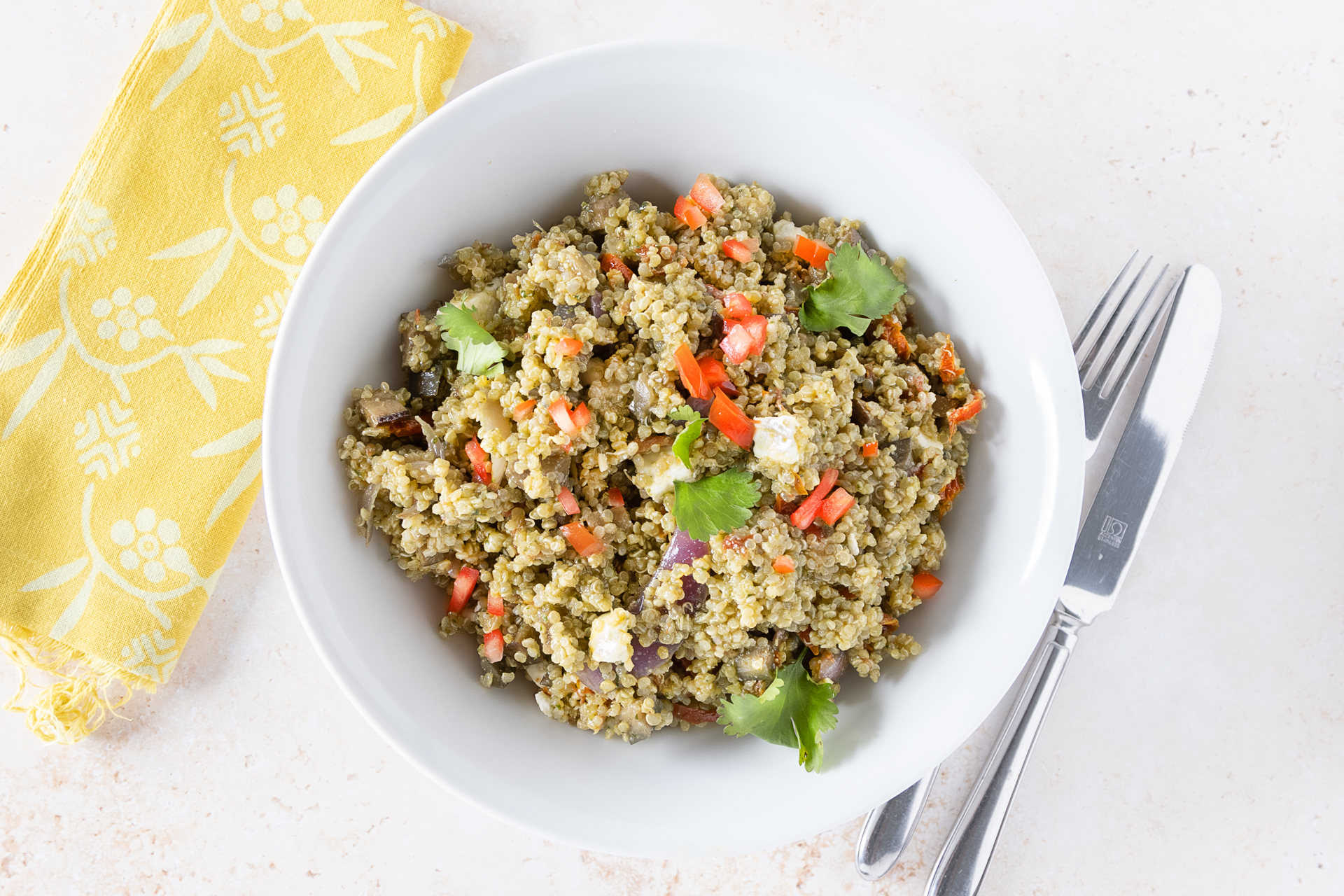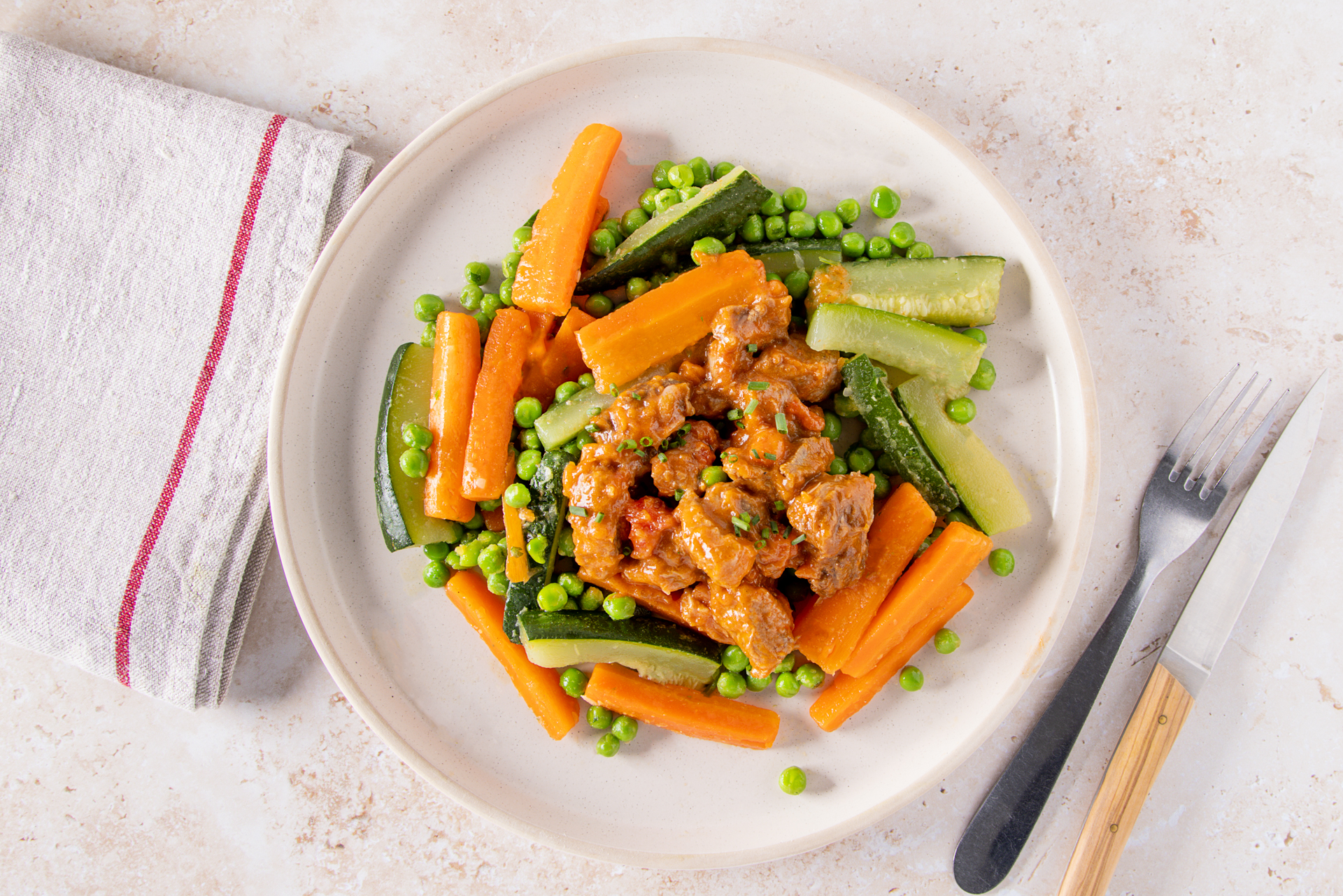Low sugar meals: how to get started

The World Health Organisation recommends that “free sugars” (added or processed sugar) should make up less than 10% of our daily energy intake. However, only around 45% of the Swiss population are sticking to this guideline. Read on to find out some of our tips for getting your sugar intake down.
Firstly, what do we mean by “free sugars” and why should you avoid them?
Free sugars refer to a group of sugars that are low in nutrients and easy for the body to absorb. These include added sugar in processed foods, and sugar taken directly from cane sugar, honey, or syrups as well as some processed fruit juices. These sugars have been linked to obesity and tooth decay, so if you’re interested in losing weight, cutting back on free sugars may help.
If you’re trying to follow a keto diet, then avoiding sugar will also be part of the process.
How to get started on a low sugar diet?
The first step is to start paying attention to nutritional labels. These will give a value for how much sugar is in every dish. 4g of sugar is the equivalent of one teaspoon so you can picture how much you’re eating, and whether it’s worth it. The WHO recommends 12 teaspoons a day as the maximum and ideally less than 6.
When you start checking labels, you’ll realise that free sugars can crop up in a lot of different and unexpected places. However, on the plus side, there may be a couple of easy substitutions you can make to significantly cut back your sugar intake. For example, make your own filter coffee instead of buying a Starbucks latte or replace your flavoured yogurt with a natural yoghurt and berries. Below is a list of some of the foods to reach for, and others that you should avoid.
Which foods are high in sugar?
In Switzerland the main sources of sugar we consume are sweet spreads, cakes and cookies, sugary drinks, fruit juices and sweetened dairy.
Sweet spreads:
One tablespoon of jam or chocolate spread contains around 10g of sugar. That’s a 5th of your daily maximum spent on one piece of toast. By comparison a tablespoon of crunchy peanut butter only contains 1.5g of sugar whereas butter by itself contains almost no sugar.
Cakes and cookies:
Sadly, a single macaroon will set you back 17g of sugar and a single slice of cake will be about 26g. You may be able to find some lower sugar options such as a lemon cake with no frosting, or a dark chocolate cookie, but in general if you’re cutting back on sugar, you’ll need to avoid these sugary snacks outside of cheat days.
Sugary drinks:
One can of cola contains 33g of sugar, but most people know that fizzy drinks aren’t a healthy option. What you may not know is that one glass of orange juice contains nearly as much at 21g of sugar. Also, while black coffee is virtually sugar free if you stop at a café for something a bit fancier, such as a caramel macchiato, you may be drinking a massive 40g of sugar (10 teaspoons!). So, if you’re looking to cut down on sugar, swap your orange juice for fresh fruit and make your own coffee.
Sweetened dairy:
Natural yoghurt can be a great option for a lower sugar diet with just 3.2g of sugar per 100g, but this jumps to 19g in flavoured yoghurts, so be careful to check the labels if you’re a fan of dairy.
Dips, sauces, and spreads:
The other place sugar can easily sneak into your diet is in dips and sauces. Ketchup and barbeque sauce are both high in sugar with over 4g per serving. A French dressing on your salad might contain 3g of sugar per tablespoon. Mayonnaise dips or dressings (especially if homemade) are a much better option if you’re watching your sugar intake, with only around 0.1g of sugar per serving.
Frozen foods and ready meals
A frozen pizza contains about 31g of sugar, nearly your whole daily allowance in one meal. Supermarket ready meals can also be high sugar, for example, a typical microwaveable sweet and sour chicken would contain 20g of sugar.
What foods have low sugar?
If you’re avoiding free sugar, then it’s best to focus on home-cooking with fresh ingredients. Vegetables, beans, pulses, meat, tofu, seeds and nuts are all low in sugar. Fresh fruits and unsweetened dairy contain more natural sugars, but as these are more complex and come with added nutrients, eating them hasn’t been linked to obesity in the same way as processed foods.
What do you eat for dinner on a low sugar diet?
Almost anything that you cook from scratch will be lower in sugar than sneaky processed foods. Just pick recipes where the ingredients list is full of real meat and vegetables and avoid adding sugar, honey, fruit juice and syrups. Plus, if you’re using canned ingredients such as tinned tomatoes, check the label to ensure sugar hasn’t been added during storage. Otherwise, it may be safer to buy fresh tomatoes and chop them yourself.
What are some good low-sugar snacks?
There are lots of great low-sugar or low-carb snacks around, for example some of our favourite options are:
- Vegetable sticks with hummus
- Fresh fruit and nuts
- Rice cakes
- Unsweetened popcorn
- Natural yoghurt with berries
What about sugar alternatives?
There are some sweeteners that can help treat your sweet tooth without quite as much sugar intake. For example, xylitol is a common sugar substitute that’s naturally occurring and found in many plants, fruits, and vegetables. Unlike sugar it doesn’t cause tooth decay and contains 40% less calories than sugar as well as having a lower glycemic index. However, while better than sugar many sweeteners can still contribute to weight gain.
Low sugar meals delivered to your door
At Powermeals we love to cook real food from scratch using fresh and seasonal ingredients, meaning our meals are naturally low in sugar. You can also check out our low-carb meal delivery plan to keep up with your healthy lifestyle.


